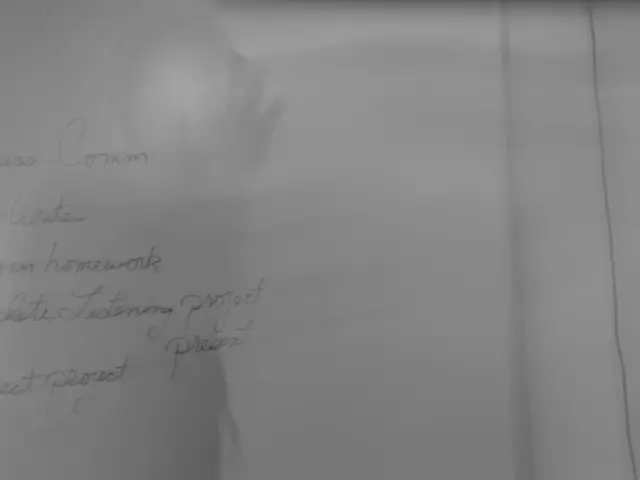Increased Demands for Higher Land Tax Than Initially Agreed Upon by Several Local Governments
Lower Saxony Faces Controversy Over Property Tax Hikes
Lower Saxony, a German state, is currently embroiled in a dispute over increased property tax rates. The disagreement stems from conflicting opinions on who is responsible for the hikes, with some pointing fingers at the state for inadequate funding, while others blame the municipalities for exceeding the agreed revenue-neutral level.
Approximately 30 percent of municipalities in Lower Saxony, amounting to 298 cities and communities, plan to levy property and tenant taxes in 2025 that exceed the agreed neutral revenue thresholds. This results in significantly higher charges for homeowners and tenants. To find out more about these tax rate changes, one can research the information through local municipal websites, official council decisions, or organizations such as the Association of Housing and Real Estate Industry of Lower Saxony and Bremen, the Bund der Steuerzahler Niedersachsen (Taxpayers’ Association), and the IHKN, which closely monitor and report on these changes.
The Chambers of Industry and Commerce in Lower Saxony (IHKN) have expressed concerns about the potential risks for companies due to non-revenue-neutral property tax rates in many places. Marco Trips, the president of the Lower Saxony Association of Cities and Municipalities, defends the cities and communities, stating that the property tax increases have nothing to do with the property tax reform.
Susanne Schmitt, the director of the vdw, argues that many communities are in need of income due to empty coffers, and the responsibility lies with the state. Conversely, Trips accuses the federal and state governments of being the real culprits in the property tax increases, stating that without a change in federal policy, further property tax increases are foreseeable.
Tenants are particularly affected by the revenue-neutral implementation, according to Schmitt. The average property tax rate in the Heidekreis district is 78 percentage points above the revenue-neutral value. A survey reveals that 244 of the 798 information-providing communities in Lower Saxony are at least five percentage points above the revenue-neutral value.
However, BdSt board member Jan Vermöhlen criticizes that unlike other federal states, Lower Saxony does not maintain central registers with comparison values for revenue-neutral tax rates, making it difficult for citizens to determine whether the increase is due to the reform or their community's decision. Given underfunded tasks and rising social expenses, municipalities often have no other choice but to increase their property tax.
The increased property tax rates are affecting both owners and tenants through higher ancillary costs. IHKN CEO Monika Scherf also stated that Lower Saxen companies face additional municipal tax burdens due to not revenue-neutral property tax rates. The ongoing dispute over responsibility for the increased property tax rates in Lower Saxony is a complex issue that requires careful consideration and potential solutions from all parties involved.
Read also:
- Understanding Hemorrhagic Gastroenteritis: Key Facts
- Stopping Osteoporosis Treatment: Timeline Considerations
- Trump's Policies: Tariffs, AI, Surveillance, and Possible Martial Law
- Expanded Community Health Involvement by CK Birla Hospitals, Jaipur, Maintained Through Consistent Outreach Programs Across Rajasthan







